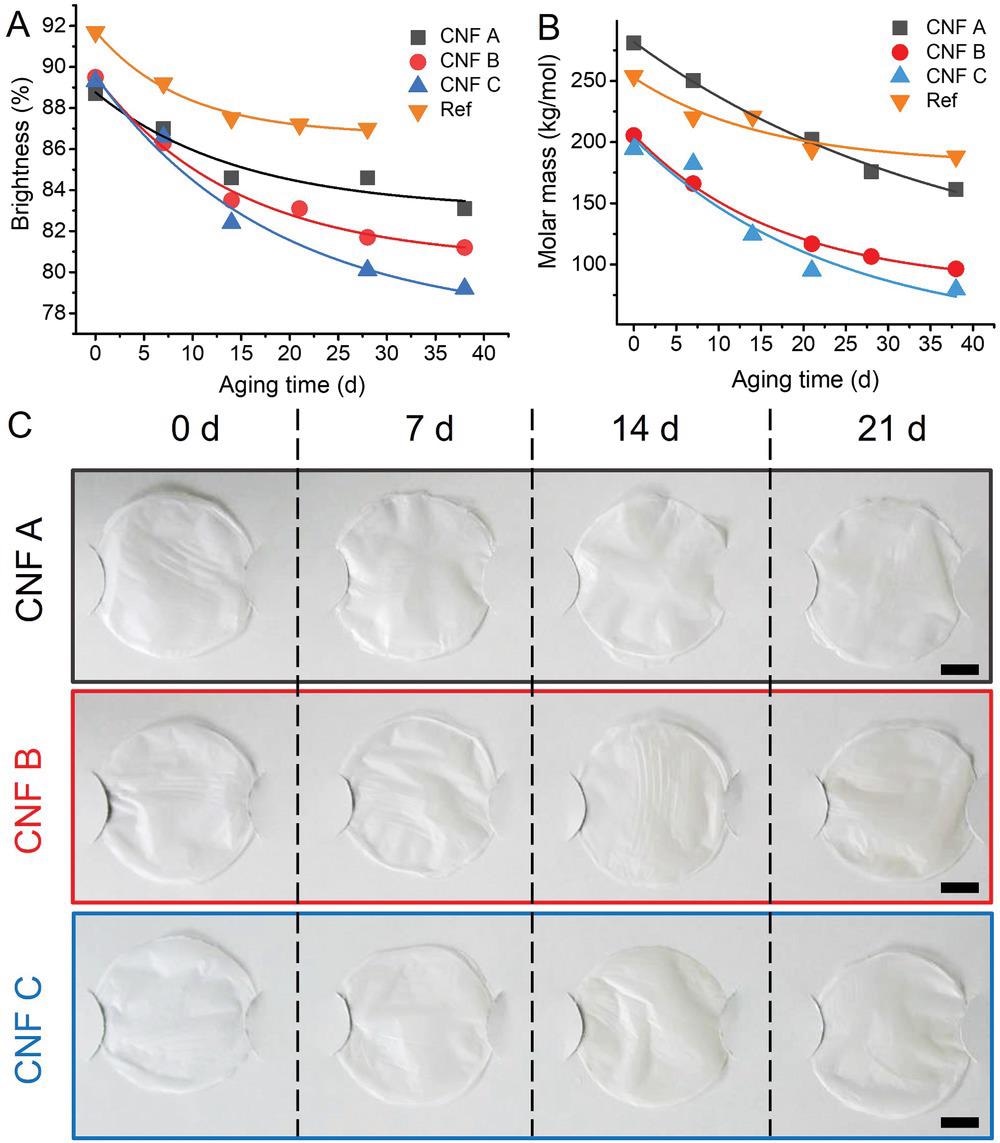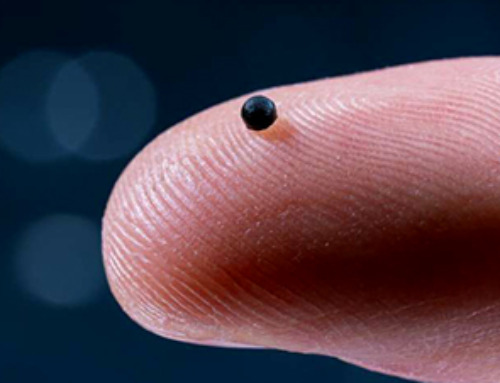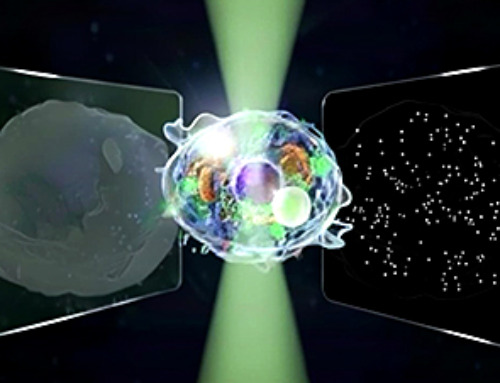Scientists have recently applied cellulose nanofibers to mitigate the fire damage in historic papers. This study has been recently published in Nano-Micro Small.
Importance of Conserving Historical Papers
The Latin proverb “verba volant, scripta manent” has rightly indicated that spoken word flies away but written words stay.
A major part of our culture has been documented in the form of scripts, books, musical scores, drawings, and paintings, which need to be conserved.
The future generations must be given a chance to be inspired by past scripture and learn from the historic data. Hence, it is imperative to preserve historical documents properly.
Historical papers are often damaged by fire and these are far more complex to restore, compared to damages caused by aging or usual wear and tear.
In 2004, a catastrophic fire in the historic library of Duchess Anna Amalia in Weimar, Germany, destroyed a large invaluable collection of hand-written musical literature between the 17th and 19th centuries.
This incident emphasized the importance of developing scientific means to determine the extent of damage caused and preserving the documents as much as possible.
Additionally, the newly developed method must be suitable for high-throughput as thousands of sheets are required to be treated.
How to Conserve and Restore Damaged Papers?
Papers are not only damaged due to direct exposure to the flames but also damaged due to indirect heat effects and the impact of water and other extinguishing agents.
Therefore, papers that are not burnt but indirectly damaged, undergo drastic changes in appearance and physiochemical properties due to a series of chemical processes, such as dehydration, oxidation, hydrolysis, gasification, and cross-linking.
Although the legibility of the manuscripts is greatly deteriorated by charring, it could be partially improved by lamination, digitalization, and multispectral imaging.
The papers retrieved from the Anna Amalia library after the fire have been restored by two methods, namely, the leaf casting of the papers and lamination of the damaged and stabilized paper.
However, historians have pointed out that these methods have reduced the readability of the treated papers.
Papers are also restored using an adhesive mixture of different cellulose ethers, such as carboxymethyl, hydroxypropyl, methyl hydroxyethyl. This method has a lesser impact on optical properties.

New Stabilization Method for Severely Fire-Damaged Manuscripts
Scientists have performed an in-depth analysis of fire-damaged papers, bearing different degrees of fire damages, to understand their chemical and surface properties.
They categorized the chemical and structural changes into L-, M-, and H-heat damage.
Research revealed a progressively increased carbon content in the papers by analyzing the presence of C-C bonds and decrease in C-O bonds. This finding implies the formation of hydrophobic carbon-rich layers on the fire-damaged papers.
The charred papers exhibit structural changes at nano-micro scale, with increased porosity and water sorption. In the less charred areas, the cellulose was found to be affected by both chain cleavage and cross-linking.
The authors used these data to develop a new stabilization method for severely fire-damaged manuscripts and prints. This method is based on the coating of suspensions of aqueous cellulose nanofibers (CNFs) on the damaged papers.
They predominantly selected CNFs owing to their chemical compatibility and low visual effect on surfaces. This stabilization method can restore historical manuscripts for a longer period.
In addition to the porosity, highly charred carbonaceous material contains sites of high-surface energy and polar groups. These enable good wetting, penetration, and adhesion of polar stabilizing agents.
In this study, CNF acts as a reinforcing agent and is applied as a 0.5–1 wt.% aqueous suspension.
Absorption and retention of CNFs occur due to the porosity and the remaining polar groups of the charred material, chemical and structural similarities between less damaged areas of the paper, and CNFs the extraordinary network and film-forming properties of CNFs.
The authors revealed that this method improved the mechanical stabilization of paper without affecting visibility and legibility.
At present, scientists are testing this method to rescue and preserve selected specimens from the ducal collection of musical literature from the remains of Anna Amalia Library.
Conclusion
The newly developed stabilization method involves the coating of the damaged papers with a thin layer of CNFs.
The main advantage of this method is that it enables the preservation of papers as well as retrieval of the contained historical information.
The latter function has been possible because CNF develops a flexible, transparent film on the surface and adheres strongly to the damaged matrix which significantly reduces the fragility of the paper.
Hence, this technique provides stability and facilitates digitization and further handling. In the future, the possibility of applying CNFs by spraying must be studied.
News
Ultrasound-activated Nanoparticles Kill Liver Cancer and Activate Immune System
A new ultrasound-guided nanotherapy wipes out liver tumors while training the immune system to keep them from coming back. The study, published in Nano Today, introduces a biodegradable nanoparticle system that combines sonodynamic therapy and cell [...]
Magnetic nanoparticles that successfully navigate complex blood vessels may be ready for clinical trials
Every year, 12 million people worldwide suffer a stroke; many die or are permanently impaired. Currently, drugs are administered to dissolve the thrombus that blocks the blood vessel. These drugs spread throughout the entire [...]
Reviving Exhausted T Cells Sparks Powerful Cancer Tumor Elimination
Scientists have discovered how tumors secretly drain the energy from T cells—the immune system’s main cancer fighters—and how blocking that process can bring them back to life. The team found that cancer cells use [...]
Very low LDL-cholesterol correlates to fewer heart problems after stroke
Brigham and Women's Hospital's TIMI Study Group reports that in patients with prior ischemic stroke, very low achieved LDL-cholesterol correlated with fewer major adverse cardiovascular events and fewer recurrent strokes, without an apparent increase [...]
“Great Unified Microscope” Reveals Hidden Micro and Nano Worlds Inside Living Cells
University of Tokyo researchers have created a powerful new microscope that captures both forward- and back-scattered light at once, letting scientists see everything from large cell structures to tiny nanoscale particles in a single shot. Researchers [...]
Breakthrough Alzheimer’s Drug Has a Hidden Problem
Researchers in Japan found that although the Alzheimer’s drug lecanemab successfully removes amyloid plaques from the brain, it does not restore the brain’s waste-clearing system within the first few months of treatment. The study suggests that [...]
Concerning New Research Reveals Colon Cancer Is Skyrocketing in Adults Under 50
Colorectal cancer is striking younger adults at alarming rates, driven by lifestyle and genetic factors. Colorectal cancer (CRC) develops when abnormal cells grow uncontrollably in the colon or rectum, forming tumors that can eventually [...]
Scientists Discover a Natural, Non-Addictive Way To Block Pain That Could Replace Opioids
Scientists have discovered that the body can naturally dull pain through its own localized “benzodiazepine-like” peptides. A groundbreaking study led by a University of Leeds scientist has unveiled new insights into how the body manages pain, [...]
GLP-1 Drugs Like Ozempic Work, but New Research Reveals a Major Catch
Three new Cochrane reviews find evidence that GLP-1 drugs lead to clinically meaningful weight loss, though industry-funded studies raise concerns. Three new reviews from Cochrane have found that GLP-1 medications can lead to significant [...]
How a Palm-Sized Laser Could Change Medicine and Manufacturing
Researchers have developed an innovative and versatile system designed for a new generation of short-pulse lasers. Lasers that produce extremely short bursts of light are known for their remarkable precision, making them indispensable tools [...]
New nanoparticles stimulate the immune system to attack ovarian tumors
Cancer immunotherapy, which uses drugs that stimulate the body’s immune cells to attack tumors, is a promising approach to treating many types of cancer. However, it doesn’t work well for some tumors, including ovarian [...]
New Drug Kills Cancer 20,000x More Effectively With No Detectable Side Effects
By restructuring a common chemotherapy drug, scientists increased its potency by 20,000 times. In a significant step forward for cancer therapy, researchers at Northwestern University have redesigned the molecular structure of a well-known chemotherapy drug, greatly [...]
Lipid nanoparticles discovered that can deliver mRNA directly into heart muscle cells
Cardiovascular disease continues to be the leading cause of death worldwide. But advances in heart-failure therapeutics have stalled, largely due to the difficulty of delivering treatments at the cellular level. Now, a UC Berkeley-led [...]
The basic mechanisms of visual attention emerged over 500 million years ago, study suggests
The brain does not need its sophisticated cortex to interpret the visual world. A new study published in PLOS Biology demonstrates that a much older structure, the superior colliculus, contains the necessary circuitry to perform the [...]
AI Is Overheating. This New Technology Could Be the Fix
Engineers have developed a passive evaporative cooling membrane that dramatically improves heat removal for electronics and data centers Engineers at the University of California San Diego have created an innovative cooling system designed to greatly enhance [...]
New nanomedicine wipes out leukemia in animal study
In a promising advance for cancer treatment, Northwestern University scientists have re-engineered the molecular structure of a common chemotherapy drug, making it dramatically more soluble and effective and less toxic. In the new study, [...]





















